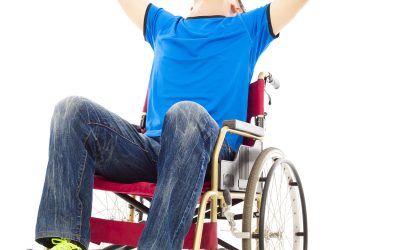Innumerable people in India have been affected by the devastating disease polio. Although vaccination campaigns have significantly decreased the frequency of new cases, there is still a sizable number of polio survivors who require rehabilitation. Production and distribution of callipers for polio legs India, which are essential to aiding polio sufferers regain movement, is a critical component of this rehabilitation.
Specialised orthopaedic callipers are used to support and stabilise polio-affected limbs. Technology, materials, and expert labour are all used in their manufacturing. The following important characteristics can be used to categorise the economics of calliper production:
1. Material Costs
Lightweight metals, polymers, and cushioning materials are the main materials utilised to make callipers. To keep the production process economically viable, it is crucial to get these ingredients effectively and affordably.
2. Skilled Labour
The creation of callipers requires skilled artisans. Each calliper must be accurately measured, cut, and assembled in order to provide the patient with a secure fit.
3. Technology and Innovation
Technology advancements like 3D printing have the ability to completely change the way calliper production is done. Costs can be decreased and personalization can be increased with 3D printing.
To guarantee that every polio victim in India has access to the equipment they require for rehabilitation, efforts to enhance the economics of calliper production are crucial. For polio survivors in India, Ratna Nidhi Charitable Trust is a ray of hope, working nonstop to provide specialised callipers that restore mobility and independence. They have affected the lives of 2,57,336 challenged individuals by now.


